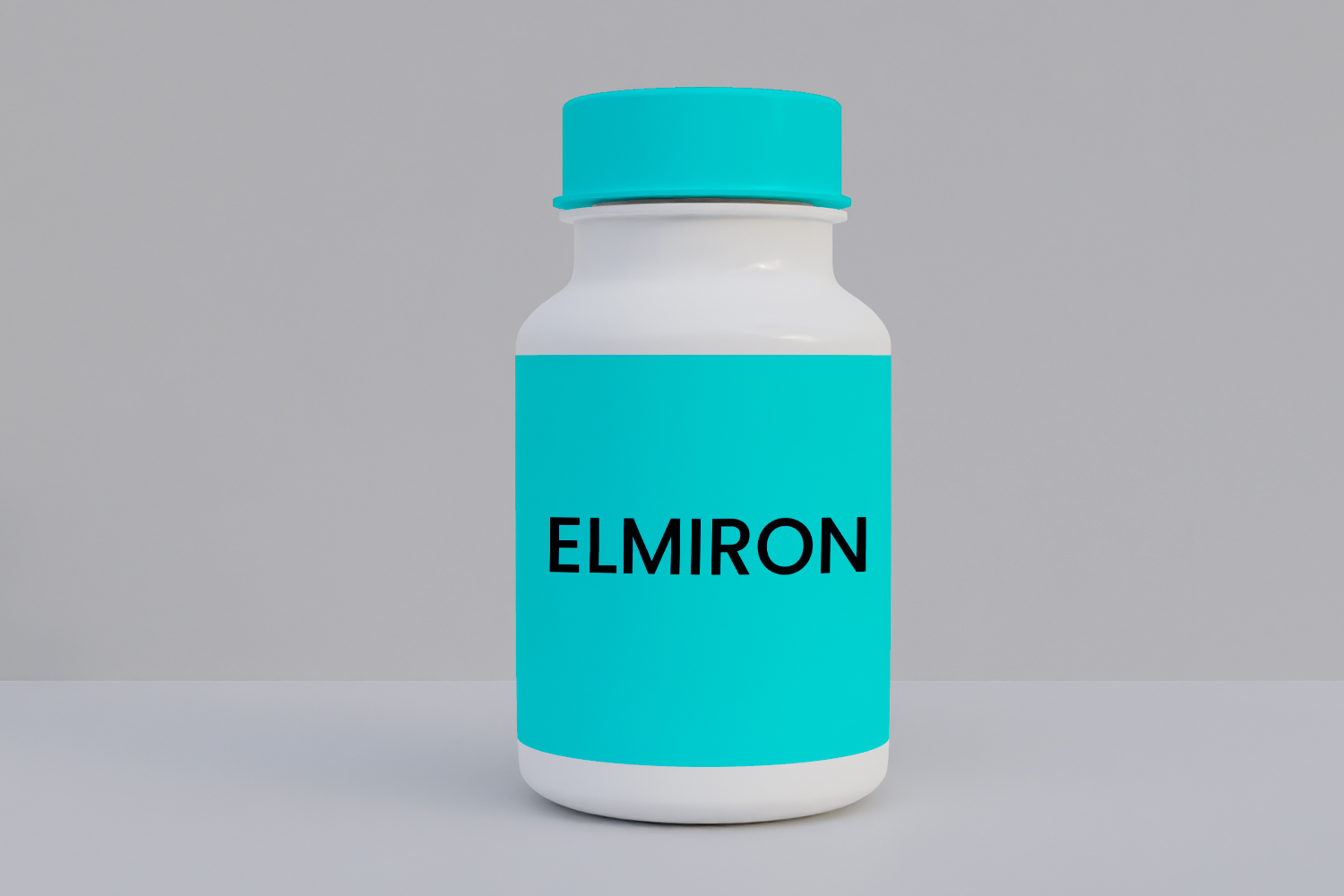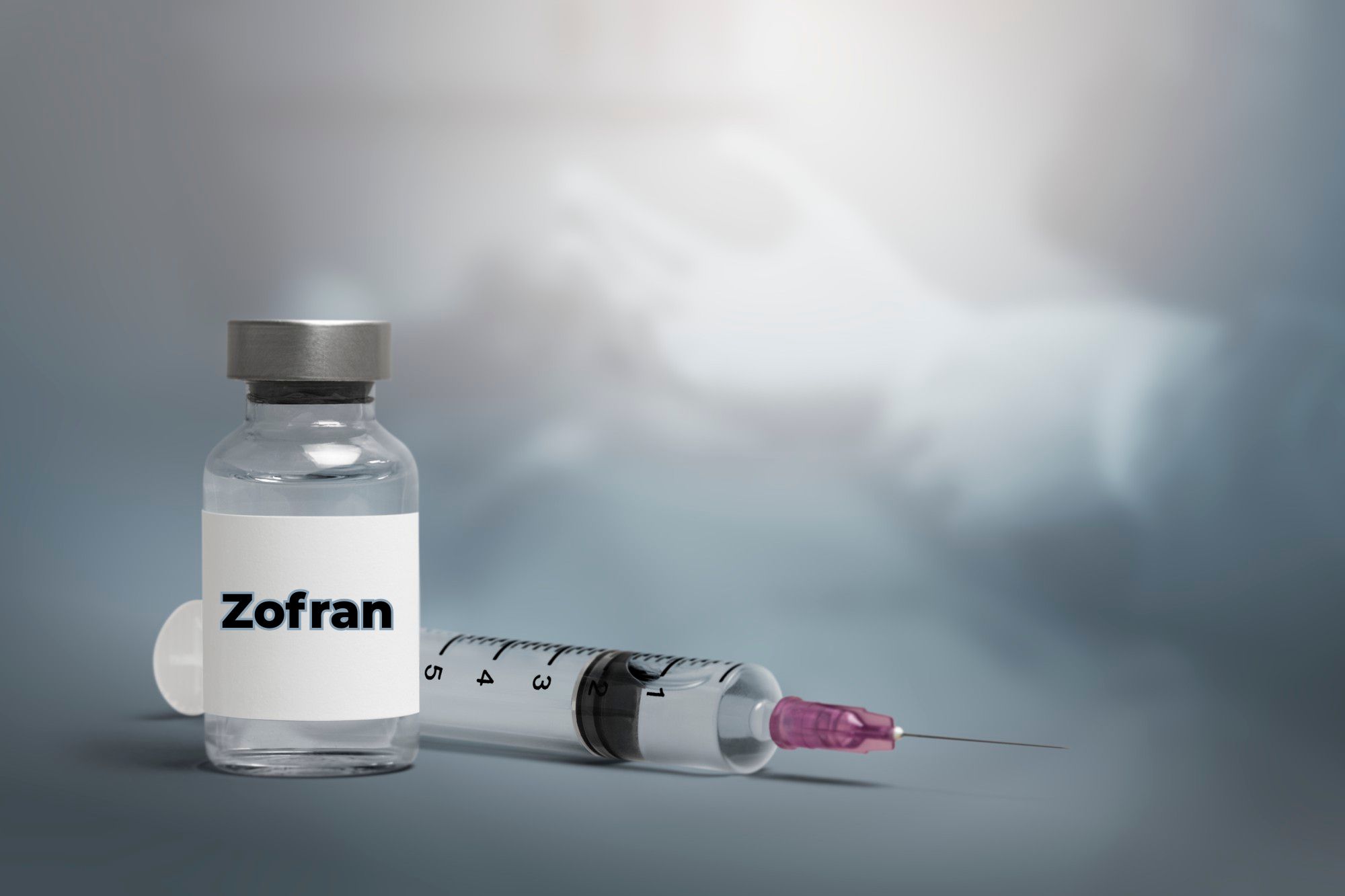How Does It Work?
Interstitial cystitis, a chronic, progressive, and debilitating urinary bladder disease, has affected more than 1 million people in the United States, primarily women.
The bladder wall's protective lining is made of glycosaminoglycans, or GAG layer, composed of a coating of mucus, which protects the bladder wall from bacteria and irritating substances in the urine. The lining is damaged in people with IC, due to which the irritants from the urine cause inflammation in the bladder wall.
Researchers are not sure how the drug works but believe that it works by forming a synthetic GAG layer on the bladder wall and protecting it from harmful/irritating substances present in the urine.
Elmiron Maculopathy
Several studies and a growing number of lawsuits filed in recent years claimed that long-term exposure to Elmiron has serious eye-related side effects and causes maculopathy, an eye disorder affecting the macula, central part of the retina, which is a major cause of blindness. Many experts have referred the retinal disease to “Elmiron maculopathy” or “PPS maculopathy.”
It is also a weak blood thinner and, therefore, may increase the risk of bruising/bleeding.
Serious Alleged Injuries May Include:
- Scotoma
- Vision Loss
- Halo Vision
- Retinopathy
- Maculopathy
- Blurred Vision
- Metamorphopsia
- Vision Impairment
- Macular Retinopathy
- Reduced Night Vision
- Pigmentary Maculopathy
- Macular/Pattern Dystrophy
- Degenerative Maculopathy
- Unilateral Or Bilateral Blindness
- Retinal Pigment Epithelium Atrophy
FDA Safety Warnings:
The FDA's Adverse Event Reporting System (FAERS) received 100 reports of eye disorders related to the use of Elmiron from 1997 to 2019. Out of which, eight cases were considered serious, and 22 mentioned various forms of maculopathy.
Legal Updates:
Defendants:
Johnson & Johnson and its subsidiary Janssen Pharmaceuticals
Allegations:
Many long-term users of Elmiron, after learning the interstitial cystitis drug may be the cause of eye problems, like vision loss and other related symptoms, have filed lawsuits against the manufacturer alleging failure to disclose critical safety information associated with the drug.
Lawsuit Status:
Elmiron lawsuits are in their early stages, and plaintiffs are filing claims expecting to seek reimbursements for the vision problem caused due to the long-term use of the drugs.
MDL Status: The lawsuits are in its early stages, so the consolidation is not yet done.
Important Verdicts & Settlements: Though lawyers are taking cases, there have been no verdicts or major settlements yet.
News
Apr 5, 2021: Elmiron Vision Lawsuits Near 200 In The MDL
On March 29, 2021, a Case Management Order (CMO) was issued, which indicated that as of March, 196 cases over Elmiron vision problems were filed in federal and state courts nationwide.
The CMO also noted that 171 cases are pending in federal multidistrict litigation (MDL), and another 25 cases filed in New Jersey and Pennsylvania state courts combined.
Additionally, it also asked the parties to meet and actively discuss proposed orders and stipulations to advance the litigation, which should include:
· An Order addressing plaintiff fact sheets (PFS), defense fact sheets (DFS), and a corresponding electronic vendor.
· A Scheduling Order, including the future trial date.
· A protocol governing remote depositions.
Elmiron, also known by its generic name pentosan polysulfate sodium (PPS), is a medication prescribed to treat interstitial cystitis (IC). Many cases of pigmentary maculopathy, which involves changes to the retina, causing vision loss and impairment, have been reported among its users, mostly by individuals who have been using it for three years or longer.
Mar 19, 2021: 1 Out Of 5 Long-Term Users Affected By Elmiron Maculopathy
On March 11, 2021, an article was published in the medical journal Current Opinion in Ophthalmology in which researchers indicated that one out of every five long-term users of Elmiron, an oral prescription drug used to treat pain caused by bladder disorder interstitial cystitis, or IC, are prone to be left with retinal maculopathy.
The research was conducted by researchers from the University of Kentucky who examined data from cross-sectional studies and found that the average case of retinal pigment dysfunction appears to occur with exposure to 1-2 kg over a 10-15 year period.
The researchers further noted that in patients with long-term exposures a prevalence range of 12.7% to 41.7%, with an overall rate of about 20% of maculopathy was reported.
The researchers have warned that the retinal changes can continue even after patients stop the usage and advised that health care professionals should consider baseline examinations and examinations at five years or after 500 g of exposure along with yearly screening.
Feb 25, 2021: New Study Strengthens Elmiron And Vision Problems Risks
On February 11, 2021, a new study was published in the medical journal Clinical Ophthalmology in which Northwestern University researchers provided stronger evidence that supports the link between Elmiron (pentosan polysulfate sodium or PPS) and the related cases of retinal maculopathy.
The study was conducted at the Northwestern Ophthalmology clinic, where the researchers reviewed the data of 131 Elmiron users. 40 patients from the total had undergone imaging and 5 of them had features believed to be of Elmiron maculopathy. Similarly, 5 patients from the remaining 91 patients also showed features of macular pigmentary changes.
The ten patients out of the total who showed signs of maculopathy had used Elmiron for 4.2 years on average with a cumulative dose of 380g. The median cumulative dose for the non-suspect group was only 188.1g, as compared to an average of 317g among the suspect group.
Thus, the new study indicates that Elmiron-related maculopathy has a distinct signature, which can be identified using multimodal imaging.
Currently, more than 100 product liability lawsuits are pending in the U.S. against the manufacturer of Elmiron, Johnson & Johnson's (J&J) subsidiary Janssen Pharmaceuticals, Inc., each claiming that its users suffered severe retina damage and permanent vision problems, including difficulty adapting to the dark light, spots, or floaters in the vision and complete blindness.
Elmiron lawsuits are consolidated under MDL 2973, which is presided by U.S. District Judge Brian R. Martinotti in the United States District Court for the District of New Jersey.
The litigation seems to be accelerating as the presiding judge appointed a 25-member leadership committee last month. The committee consists of three Co-lead Counsel and one Liaison Counsel, seven Executive Committee members, and 14 Steering Committee members.
Jul 28, 2020: Study Finds Vision Problems Progresses Post Elmiron Treatment
A new study by researchers of the Emory School of Medicine on the interstitial cystitis drug, Elmiron, indicates that vision problems can continue to progress even after the usage of the drug is stopped.
Elmiron, also known as pentosan polysulfate sodium or PPS, is sold by Johnson & Johnson's Janssen Pharmaceuticals subsidiary in the U.S. and is used to treat interstitial cystitis (IC) or “painful bladder syndrome,” a chronic condition with no known cure.
The study was published in the medical journal JAMA Ophthalmology, which found that the drug leads to maculopathy and also worsens the condition even after ten years of completion of the treatment.
The study included 11 females, aged between 53 to 63 years old, who were diagnosed with Elmiron-induced maculopathy. The researchers looked at these patients to learn what happens after drug cessation for at least six months and up to 10 years. The findings revealed the women did not show any improvement in their conditions after discontinuing Elmiron. However, the vision problems continued to worsen in 9 of the 11 patients.
Last month, the U.S. Food and Drug Administration (FDA) changed the label for Elmiron in the U.S., indicating the risk of eye disease associated with the drug. The new warning label was the result of multiple research studies and peer-reviewed publications, an FDA citizen petition, and a growing number of lawsuits.
The number of lawsuits alleging failure to disclose safety warnings against the manufacturer is growing day by day throughout the U.S., post the addition of new warnings, since many long-term users were unaware of the link.
Earlier, a union representing the teachers of Philadelphia demanded the school to remove asbestos from school as it will harm the health of teachers as well as the students. The president of the union filed a lawsuit against the School District of Philadelphia (PSD) and its superintendent as the growing impact of asbestos in school campuses resulted in the shutting down of six schools comprising 125,000 students and 13,000 employees in the district.
Evidence:
- Duration Of Usage
- Indication Of Usage In Medical Records
- Evidence Of Injury in Follow-Medical Records
Medical Record Review and claim validation of Elmiron case should take approximately 3 hours in most instances; however, this approximation may vary in cases based on the volume of records.




